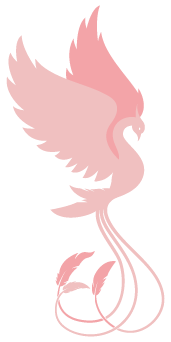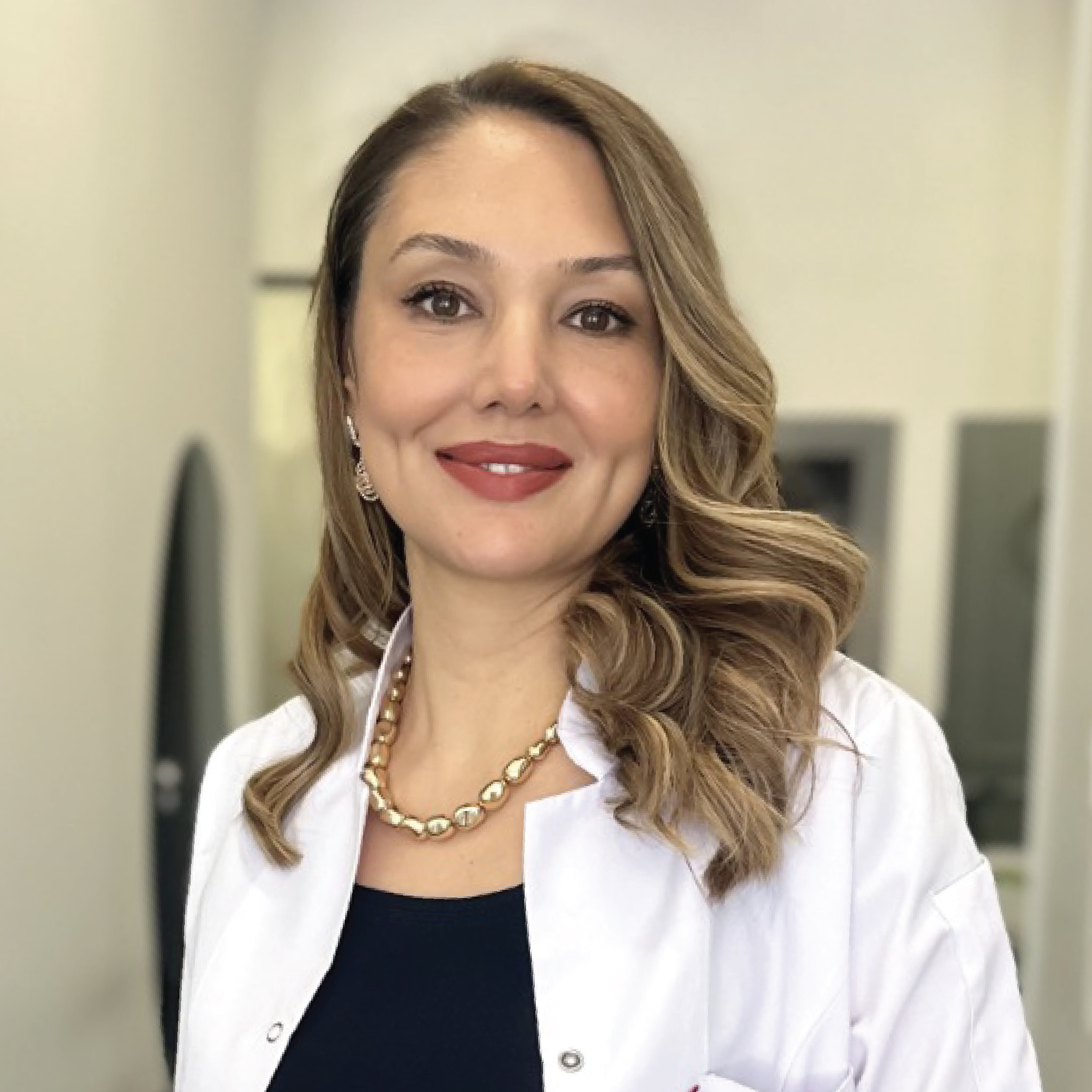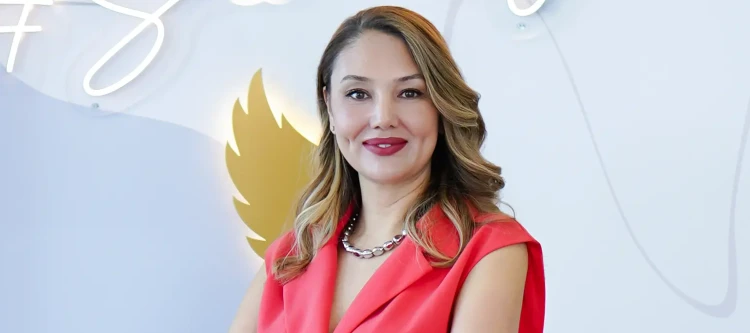Vision plays a critical role in children's cognitive and academic development. If eyeglass prescriptions are not regularly monitored during childhood, vision problems may progress, potentially leading to permanent vision loss in the long run. Therefore, tracking eyeglass prescriptions in children is essential. In this article, we will discuss why it is important, how to track prescription changes, and what parents should pay attention to.
The Importance of Eyeglass Use and Prescription Tracking in Children
Undiagnosed vision problems in children can negatively impact academic performance, motor skills, and social interactions. Since children often do not recognize or express their vision difficulties, regular eyeglass prescription tracking is crucial.
Signs That Your Child's Eyeglass Prescription May Need an Update
If your child exhibits any of the following symptoms, it may be time for an eye exam to check for prescription changes:
- Squinting (especially when watching TV or looking at distant objects)
- Frequent headaches and eye fatigue
- Rubbing eyes often
- Difficulty reading and writing
- Sitting too close to the board or screen
- Balance or coordination issues
- Blurred or double vision
- Eye misalignment or strabismus (especially when tired)
These symptoms could indicate that your child’s current eyeglass prescription needs to be updated.
How Often Should Children's Eyeglass Prescriptions Be Checked?
| Age Group | Recommended Eye Check Frequency |
|---|---|
| 0-3 years | If the child is premature or has a risk factor, the first eye exam should be done in the newborn period. |
| 3-6 years | At least one comprehensive eye exam before starting school. |
| 6-12 years | Annual eye exams before and during school years. |
| 12-18 years | Since rapid vision changes occur during puberty, an annual eye exam is strongly recommended. |
Can Eyeglass Prescriptions Increase or Decrease?
Yes, eyeglass prescriptions can change over time. For example, myopia (nearsightedness) often progresses during school years and adolescence. Regular eye exams and wearing the correct prescription glasses can help slow down the progression of vision problems.
Are There Alternative Treatments to Glasses?
In some cases, alternative treatments may be considered, such as:
- Eye patch therapy for lazy eye (amblyopia)
- Orthokeratology (overnight lenses) to control myopia progression
- Vision therapy and orthoptic exercises
However, these treatments should always be assessed and supervised by an eye specialist.
How Can Parents Support Their Child’s Eye Health?
Ensure regular eye exams and prescription updates.
Make sure glasses have the correct prescription and fit properly.
Limit screen time and encourage outdoor activities.
Promote outdoor play, as natural light can help slow myopia progression.
Follow the 20-20-20 rule: Every 20 minutes, look at something 20 feet away for at least 20 seconds to reduce eye strain.
Tracking eyeglass prescriptions in children is one of the most important steps in protecting their vision health. Early diagnosis and regular check-ups can prevent vision problems from worsening and positively impact a child’s academic and social life. Prioritizing routine eye exams and paying attention to symptoms is essential for healthy visual development.






-174108098464817.webp)


